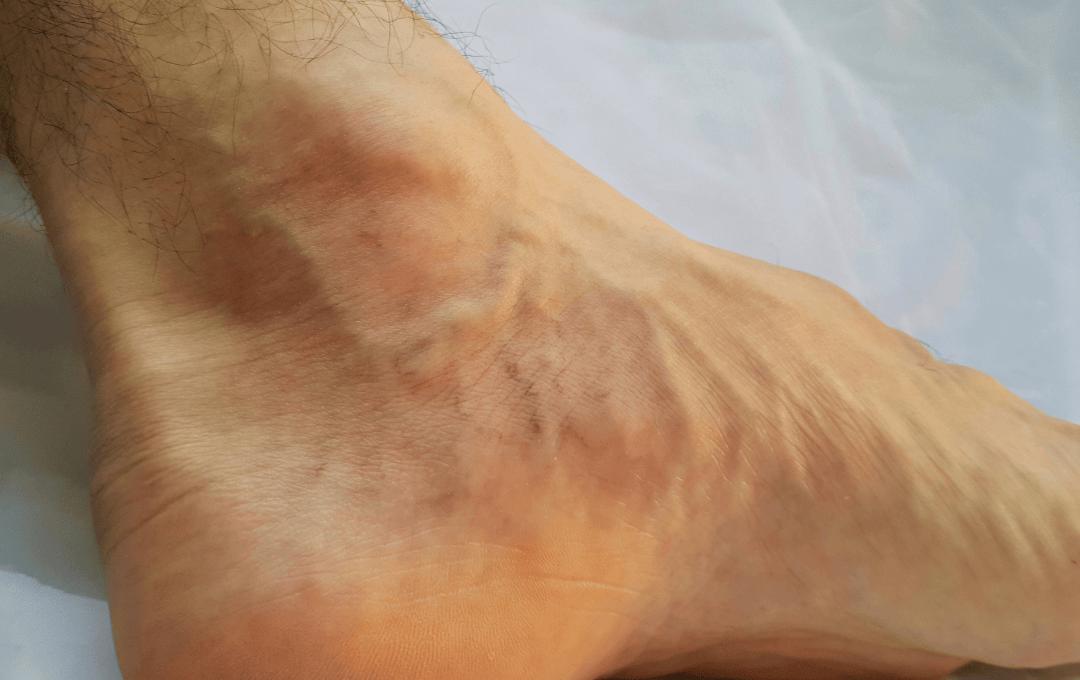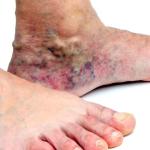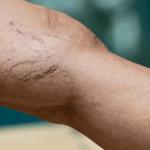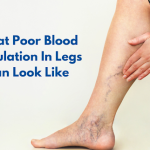
If you’ve noticed bulging veins in your ankle, you might be wondering if it’s simply cosmetic or a sign of something more serious. While ankle veins can become more visible for many reasons, they’re often linked to underlying issues with circulation. Understanding why these veins appear can help you take steps toward better vein health and relief.
Why Do Bulging Veins Happen in the Ankle?
Bulging ankle veins are usually caused by increased pressure inside the veins. When the tiny one-way valves in your veins stop working properly, blood can pool instead of flowing efficiently back toward the heart. Over time, this leads to enlarged, twisted, and bulging veins that are most noticeable in areas like the ankle or lower leg.
Some of the most common causes include:
-
Chronic Venous Insufficiency (CVI): A condition where damaged vein valves make it difficult for blood to return to the heart.
-
Varicose Veins: Enlarged, rope-like veins that often appear in the legs and ankles.
-
Deep Vein Thrombosis (DVT): A blood clot in a deep vein can increase pressure in nearby veins, sometimes causing bulging around the ankle.
-
Genetics: If vein problems run in your family, you may be more likely to develop them yourself.
-
Lifestyle Factors: Standing or sitting for long periods, lack of exercise, or being overweight can all contribute to bulging veins.
Risk Factors for Bulging Ankle Veins
Certain factors can increase your likelihood of developing visible ankle veins, including:
-
Age: Veins weaken as we get older.
-
Pregnancy: Increased blood volume and hormonal changes strain the veins.
-
Occupations Requiring Long Periods on Your Feet: Teachers, nurses, and service workers are especially at risk.
-
History of Blood Clots: Past clotting problems can damage veins permanently.
Are Bulging Ankle Veins Dangerous?
Not always—but they shouldn’t be ignored. For some, bulging ankle veins are only a cosmetic concern. For others, they can be a warning sign of venous disease, which may cause:
-
Leg pain or heaviness
-
Swelling around the ankle
-
Itching or burning sensations
-
Skin discoloration
-
Open sores (venous ulcers)
If left untreated, complications like blood clots or ulcers can develop, which is why it’s best to seek medical advice.
How Are Bulging Ankle Veins Treated?
The right treatment depends on the underlying cause. A vein specialist may recommend:
-
Lifestyle Changes: Elevating your legs, wearing compression stockings, and exercising regularly.
-
Minimally Invasive Treatments: Procedures like endovenous laser therapy (EVLT), sclerotherapy, or ultrasound-guided techniques can close off or reroute problem veins.
-
Medical Evaluation: An ultrasound exam can determine whether your bulging ankle veins are due to vein disease.
When to See a Doctor
If your bulging ankle veins are accompanied by pain, swelling, or skin changes—or if they’ve been getting worse—it’s time to schedule a consultation with a vein specialist. Early treatment can improve both your comfort and your long-term vein health.
Final Thoughts
Bulging veins in your ankle may seem like a minor issue, but they can signal an underlying problem with circulation. Whether caused by varicose veins, CVI, or another condition, addressing the root cause is key. With today’s advanced, minimally invasive treatments, you don’t have to live with discomfort—or worry—caused by visible ankle veins.





